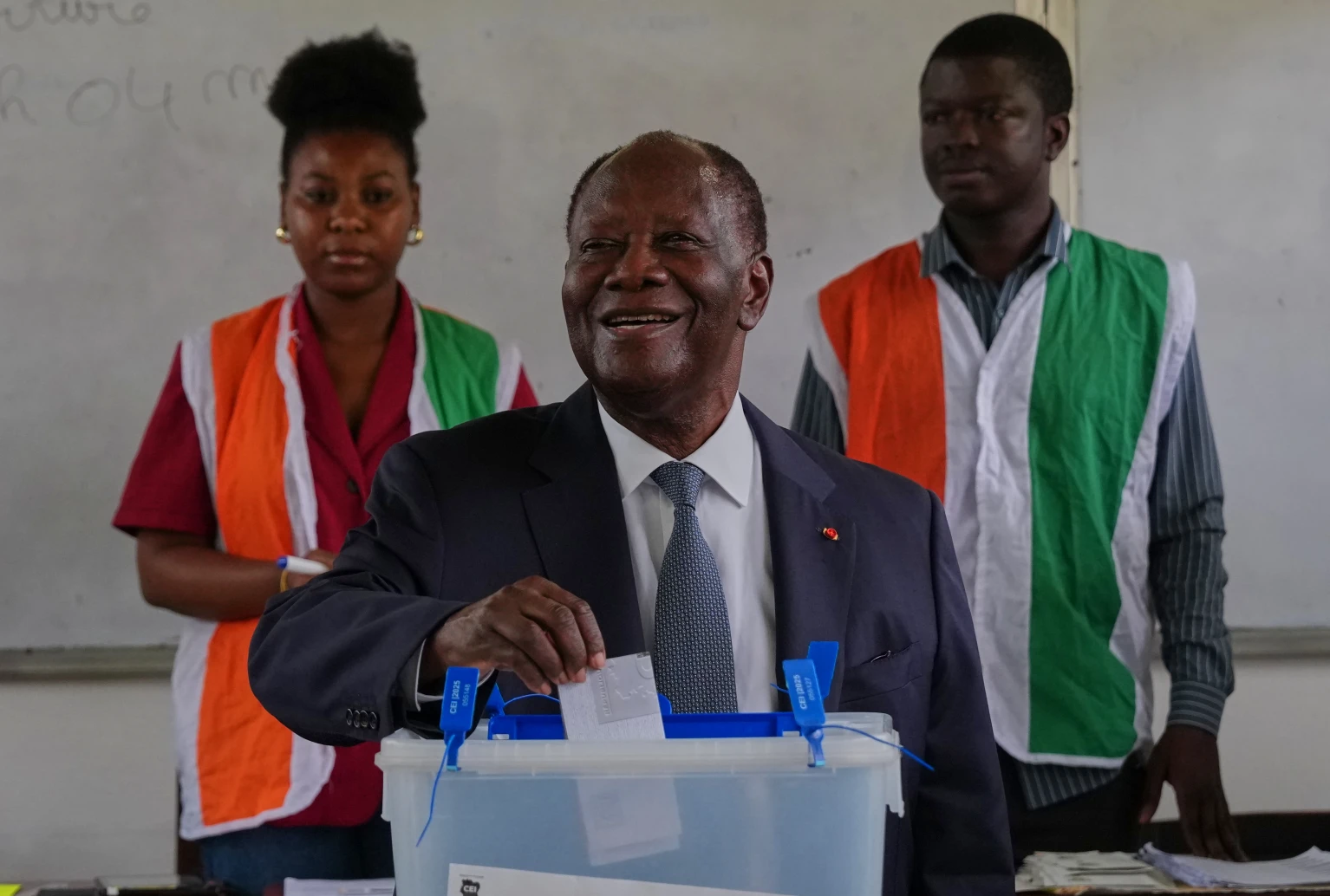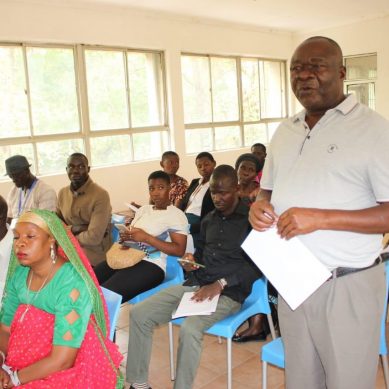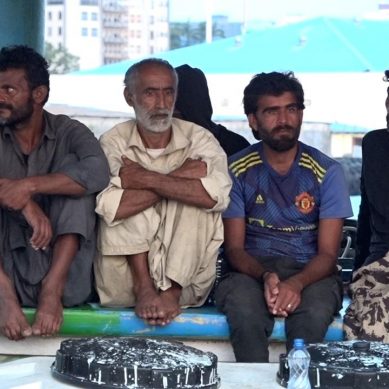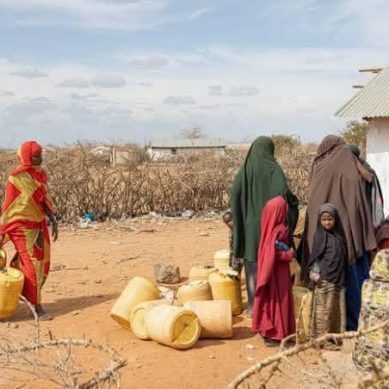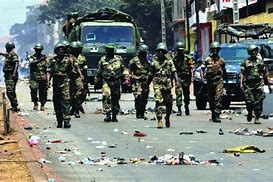
Uganda offers almost unequalled opportunities for the study of civil war with no less than 15 cases since independence in 1962 – a number that makes it one of the most conflict-intensive countries on the African continent.
The current government of Yoweri Museveni has faced seven – the highest number of armed insurgencies – followed by the Obote II regime (five), the Amin military dictatorship (two) and the Obote I administration (one). Strikingly, only 17 out of the 47 post-colonial years have been entirely civil war free (Stefan Lindemann, 2010).
In 1997 Wafula Oguttu’s independent newspaper, The Monitor, which was replaced by present-day Daily Monitor, asked President Tibuhaburwa Museveni, what kind of Uganda he envisioned after him. Very quickly responded in one word: Ungovernable. The president did not reveal why he thought, believed and was convinced Uganda will be ungovernable after him.
President Tibuhaburwa Museveni, may have been guided in his answer by the fact that after the fall of President Idi Amin Dada, who called himself president-for-life, Uganda was ungovernable after the transition from Uganda National Liberation Front/Army (UNLF/A) rule to Uganda People s Congress/Uganda National Liberation Army (UPC/UNLA) rule.
UNLA had previously included President Tibuhaburwa Museveni’s guerrilla force called Front for National Liberation (FROASA) and former President Apollo Milton Obote’s guerrilla force called Kikosi Maalum (KM). FRONASA and KM had spent almost seven years waging guerrilla war Idi Amin’s Uganda Army (UA) but separately. It was the Moshi Conference of disparate groups held in the Tanzanian town of Moshi, which included UPC, Democratic Party (DP) and FRONASA.
The Moshi Conference brought FRONASA and KM together to form the armed wing of UNLF -the UNLA.
Prior to the formation of UNLA and UNLA FRONASA and KM made Amin’s governance of Uganda so extremely difficult that by 1979, the military regime collapsed and Idi Amin fled the country, first to Libya and them Arabia where he died and was buried. His appeal to President Tibuhaburwa Museveni to enable his body to be buried in Uganda when he died, met deaf ears. He himself had returned the body of former President Sir Edward Mutesa II but President Tibuhaburwa Museveni was not ready to do the same to his body.
The period between 1980 to 1986 was characterised by violence numerous rebel groups, all directing their guns onto the UPC/UNLA regime, which also got stressed and strained by mistrust and suspicion between Langi and Acholi soldiers of the UNLA. FRONASA quit UNLA en masse to regroup as Popular Resistance Army (PRA).
The following were the rebel groups that were fighting the Obote II government: Museveni’s PRA; Yusuf Lule’s Uganda Freedom Fighters (UFF), Andrew Kayira’s Uganda Freedom Movement (UFM); Federal Democratic Movement (FEDEMO); Moses Ali’s Uganda National Rescue Front (UNRF); Juma Oris WNBF; Amin Onzi’s former Uganda National Army (FUNA); Uganda National Liberation Front – anti dictatorship joint Lule-National Resistance Movement/Museveni National Resistance Army (NRA); Uganda People’s Democratic Army (UPDA). There was also the mouth war weapon called the ‘Gang of Four’ (Nabudere, Tandon, Rugumayo, Omony Ojok), which was communist oriented.
Simply put, Uganda was ungovernable with so many war lords! After the NRM/A grabbed power on January 25, 1986, Holy Spirit Movement; (HSM); Uganda People’s Army (UPA); Lord’s Resistance Army (LRA); West Nile Bank Front (WNBF) and Allied Democratic Forces (ADF) emerged. NRA conquered HSM, UPA, LRA and WNBF but as I write, it is still combating ADF that operates from the Democratic Republic of the Congo.
With so many war lords and the contradictory political messages of the Gang of Four and especially the propaganda of the NRM/A combined with the multiple fire powers, Uganda proved to be a very ungovernable country. This was compounded by the stresses and strains within the UNLA between the Langi and Acholi soldiers.
With such a history of rebellion, no one can disagree with President Tibuhaburwa Museveni when he says the potential for Uganda to be ungovernable is extremely high after his rule. Let me try to just list what makes the un-governability of Uganda beyond President Museveni a real possibility.
Why Uganda will be ungovernable:
- Environmental decay and collapse, and climate change which will cause conflicts over dwindling resources and food scarcity.
- Ethnicity, which has been confounded by ethnic politicisation and political ethnicisation
- The over-penetration of the country by refugees who the indigenous people perceive as benefitting from the country’s resources and opportunities far more than they are.
- The widespread perception by Ugandans that their country has been occupied by people of extraneous origin
- Land-grabbing by people from mainly Rwanda and Mulenge in eastern Democratic Republic of Congo (DRC).
- Exclusionary politics, which keeps power and authority in within a small group of people dominated by one ethnic group and of kith and kin.
- Mineral rich areas see their natural resources being clandestinely being exploited without them benefitting in any way
- Exclusionary populism, which understands the people as an ethnically or culturally homogeneous unit and excludes those who do not belong to the dominant ethnic group in terms of power and authority.
- The extremely widening gap between the rich and the poor.
- Extreme corruption scandals that have shaken the country, resulting in people becoming stinking rich without working while denying the absolute majority of Ugandans development, transformation and progress in the 21st Century.
- Hereditary politics, which casts Uganda as a monarchy without the approval of the broad masses of Ugandans (i.e. hereditary politicians refers to politicians (especially modern politicians) whose political position can be seen as being conferred by or based on inheritance from a parent or grandparent in some sense).
- Political dynasty or political family simply means that several members of the same family (whether related by blood or marriage) are involved in politics, regardless of the type of office. Thus, hereditary politician can be said to be a more specific subset of political dynasty as it refers to the next generation/s gaining the same political office as their parent or grandparent.
All these and more will translate into conflicts and rebellions and make Uganda ungovernable beyond President Tibuhaburwa Museveni. If they persist they will combine to confirm President Museveni’s fear or prediction that Uganda will be ungovernable beyond his rule.
For God and my country
- A Tell report / By Oweyegha-Afunaduula / Environmental Historian and Conservationist Centre for Critical Thinking and Alternative Analysis (CCTAA), Seeta, Mukono, Uganda.
About the Centre for Critical Thinking and Alternative Analysis (CCTAA)
The CCTAA was innovated by Hyuha Mukwanason, Oweyegha-Afunaduula and Mahir Balunywa in 2019 to the rising decline in the capacity of graduates in Uganda and beyond to engage in critical thinking and reason coherently besides excellence in academics and academic production. The three scholars were convinced that after academic achievement the world outside the ivory tower needed graduates that can think critically and reason coherently towards making society and the environment better for human gratification. They reasoned between themselves and reached the conclusion that disciplinary education did not only narrow the thinking and reasoning of those exposed to it but restricted the opportunity to excel in critical thinking and reasoning, which are the ultimate aim of education. They were dismayed by the truism that the products of disciplinary education find it difficult to tick outside the boundaries of their disciplines; that when they provide solutions to problems that do not recognise the artificial boundaries between knowledges, their solutions become the new problems. They decided that the answer was a new and different medium of learning and innovating, which they characterised as “The Centre for Critical Thinking and Alternative Analysis” (CCTAA).
